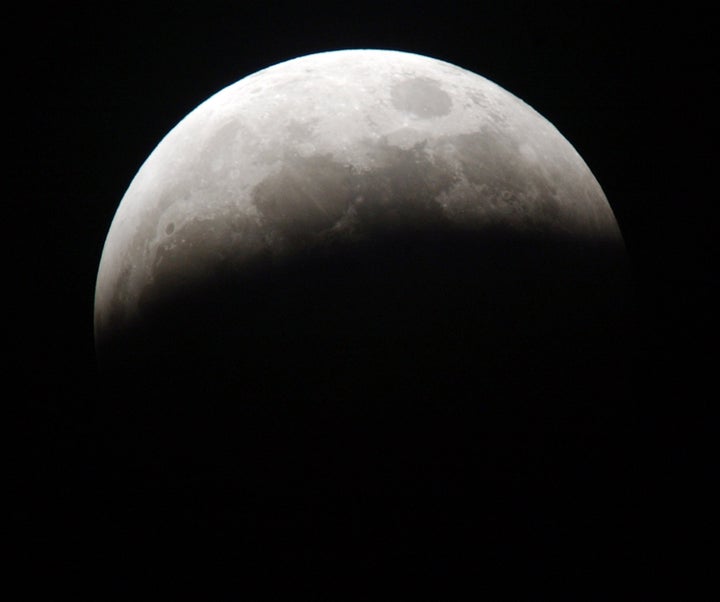
The speculation that the full moon and its gravitational effect on Earth could trigger earthquakes and other natural disasters is getting attention in some quarters. It is not surprising, given the fact that humans have been looking above rather than below our feet for answers since ancient times.
The coming March 19 is a full moon day, in fact, a special one dubbed as "supermoon. On this day, the Moon will be closer to Earth in its last 18 years -- it's full and close. It will approach the Earth at a distance of 221,567 miles -- a lunar perigee.
The gravitational pull of the Moon on Earth is evident from the ocean tides. Basic science tells us that the tides are caused by the difference in the gravitational force of the Moon across the Earth. Stronger tides near the full moon are nothing unusual. When the Sun, Moon and Earth are along a straight line, as in the case of a full moon, the tidal effects will be increased.
Although the Sun has a larger gravitational influence on Earth, the difference in the Sun's gravitational force between one end of the Earth and the other is not as much as that of the Moon's -- the reason tides are caused mainly by Moon's gravity.
The whole idea that the proximity of moon could affect the Earth seems to have some weight. It is true that Moon's gravity can cause land tides similar to ocean tides. But, this stress can accelerate tectonic activity to cause earthquake is beyond any known science now. We need to know the real science rather than mere coincidences or the statistical flukes.
The recent Japanese earthquake and the upcoming full moon have no correlation at all.The Moon will be at its perigee on March 19th and was actually farther than the average distance on the day the Japanese quake hit.
Scientists have studied the Moon for decades and have found no conclusive evidence to connect the Moon with the seismic activities here on Earth. Being in an elliptical orbit, the Moon's distance varies as it orbits the Earth. It will go through perigees and apogees several times a year. On some of these occasions we may face natural disasters but many other days are just fine. If we insist on finding the correlation between earthly events and celestial phenomena, we could find plenty of them, and there are numerous such incidents in the universe to link even with our everyday activities. No wonder that in the past (perhaps even now) people believed moon can affect our individual moods. Remember the phrase lunatic!
If we are determined to search the root cause of earthquakes, it may be a better idea to look for reasons below the Earth's surface as well. There are inconclusive discussions about the correlation between drilling and the possibility of earthquakes. There could also be several other factors which we don't know yet, natural or man-made, which trigger earthquakes. By all accounts, the Moon seems to be a minor player now.
The Moon's gravitational pull on Earth at lunar perigee is not hugely different from other times, which can be calculated from simple mathematical equations. Even if we consider the effect of the Sun along with that of the noon when they align together, it is not significant enough to alter the internal balance of the Earth. We can reasonably assume that the only change on March 19th would be an apparently bigger Moon and it may offer a special treat for skygazers.
